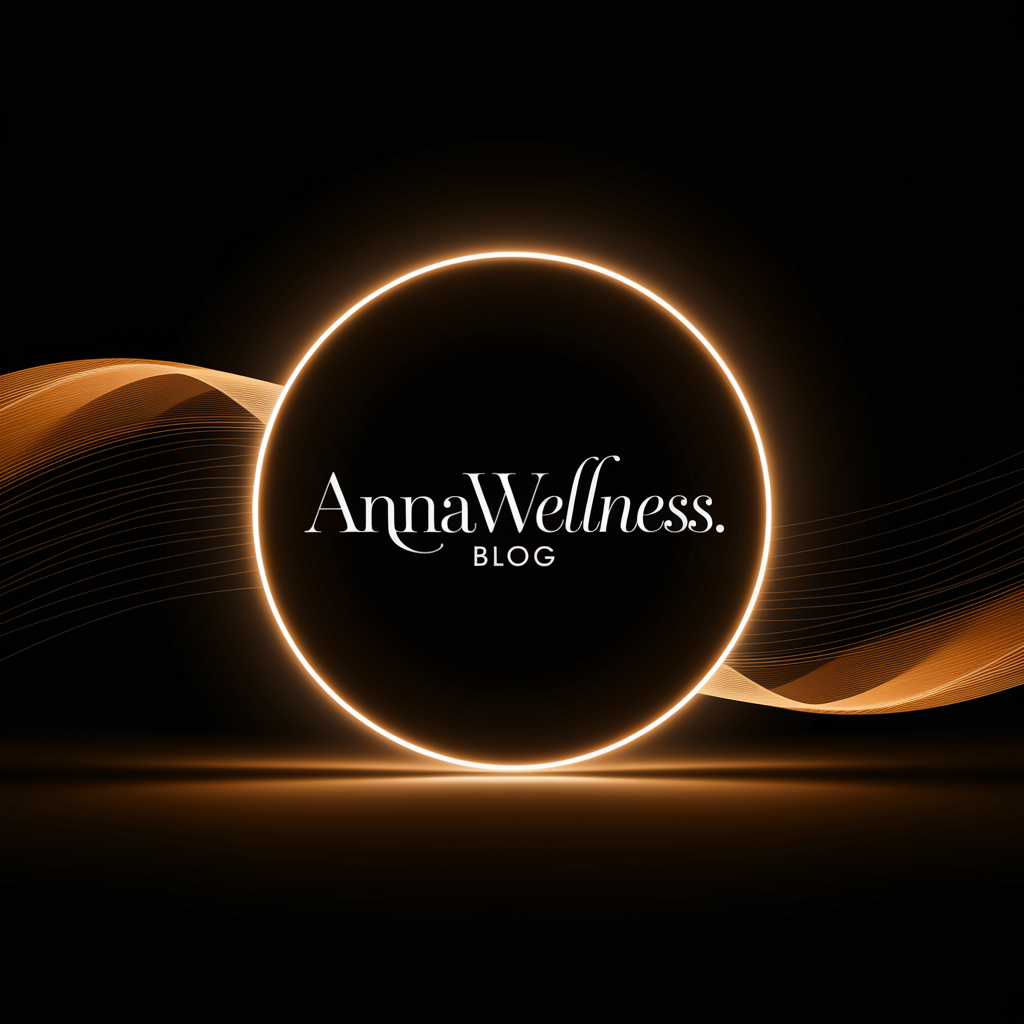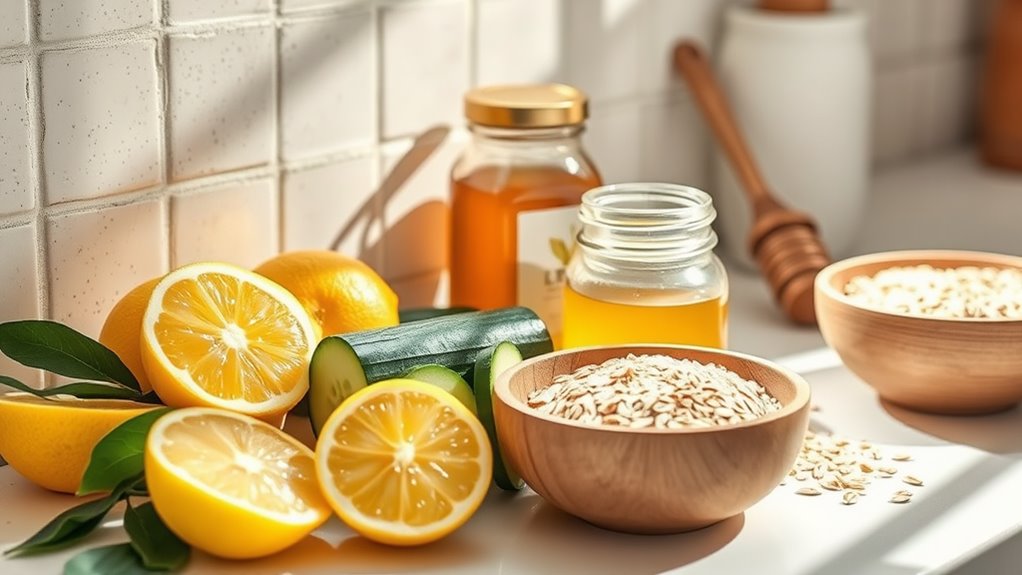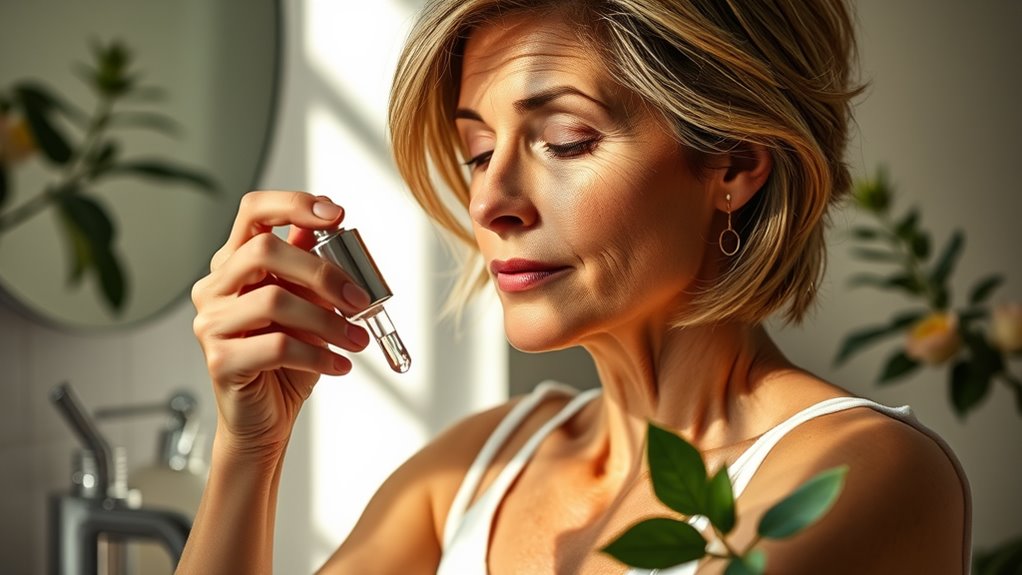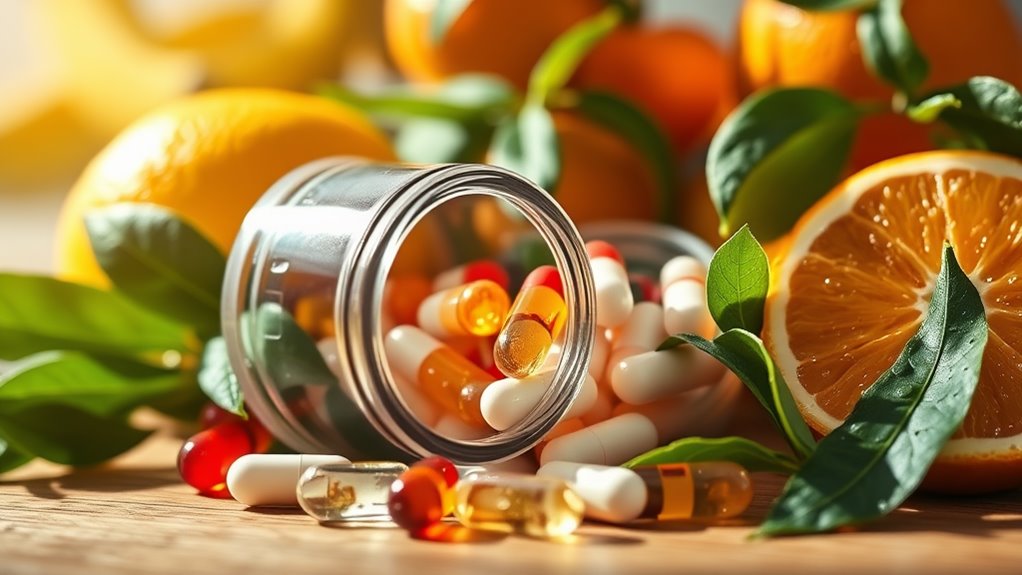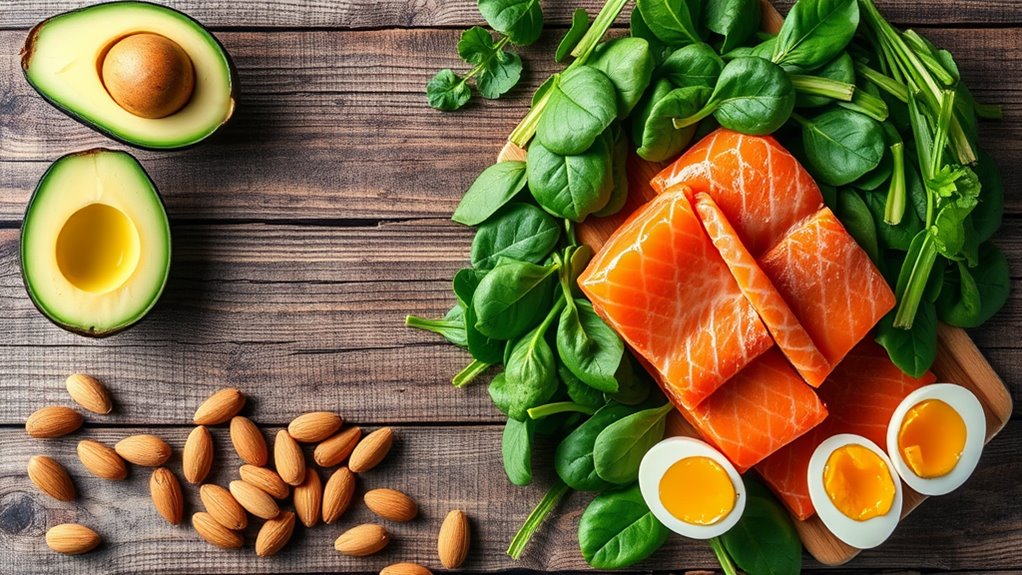Why I Stopped Using Store-Bought Face Masks
You’ve likely encountered skin irritations from store-bought face masks’ synthetic chemicals, like parabens, which studies link to barrier disruption and allergies. Imagine switching to natural options that soothe and protect—what benefits might you uncover next?
Key Takeaways
- Commercial masks often contain synthetic chemicals that cause skin irritation and allergies.
- Natural ingredients in DIY masks provide anti-inflammatory benefits and nourish the skin without additives.
- DIY options allow for customization to specific skin needs, enhancing personal control and satisfaction.
- Using everyday kitchen staples for masks saves money and reduces the need for store purchases.
- Switching to natural masks promotes long-term skin health by strengthening the barrier and minimizing environmental impact.
The Hidden Risks of Commercial Masks
Have you ever wondered what lurks in those convenient store-bought face masks?
Evidence from dermatological studies reveals they often contain synthetic chemicals like parabens and sulfates, linked to skin irritation, allergies, and hormonal disruptions.
You’re applying these potential irritants directly, which can compromise your skin’s barrier and lead to breakouts or sensitivity over time.
While DIY face masks using natural ingredients offer a simpler alternative, commercial masks’ hidden additives pose real risks, demanding careful label scrutiny for safer skincare choices.
Moreover, switching to DIY Face Masks promotes better skin health through the use of wholesome, natural ingredients that nourish and protect your skin.
Embracing Natural Ingredients
Switching to natural ingredients in your skincare routine can minimize risks and nourish your skin effectively.
You access these through simple, plant-based options like honey, yogurt, and essential oils, avoiding synthetic additives common in store-bought masks.
Evidence from dermatological research indicates that natural elements, such as those from botanicals, contain fewer potential irritants, promoting a safer application process.
You’re empowered to create custom masks at home, using fresh, organic sources that ensure ingredient integrity.
This approach fosters control and reliability, as supported by studies on natural product’s reduced allergen profiles.
Start by sourcing local, certified organic items to enhance your routine’s safety.
Utilizing common kitchen ingredients for your DIY masks can provide an easy and effective way to maintain healthy skin.
Advantages for Skin Health
You’ll notice that opting for natural ingredients in your face masks boosts your skin health by reducing exposure to synthetic chemicals that often trigger irritation.
These ingredients deliver essential nutrients and antioxidants that support your skin’s natural barrier and hydration levels.
As you explore these benefits, you’ll see how they lead to fewer breakouts and a more balanced complexion based on dermatological studies.
By incorporating natural skincare swaps, you can easily replace conventional products with organic options for even better skin transformation.
[LIST OF 2 SUBHEADING DISCUSSION POINTS IN ENGLISH
Two key advantages for your skin health arise from ditching store-bought face masks in favor of natural alternatives.
First, you reduce exposure to synthetic chemicals like preservatives, which studies link to increased skin irritation and inflammation, helping prevent breakouts and sensitivity.
Second, natural options support your skin’s natural barrier, enhancing moisture retention and resilience, as research shows they promote a balanced pH and fewer allergic reactions.
Natural Ingredients
When you incorporate natural ingredients into your face masks, such as honey or aloe vera, they actively support skin health by delivering anti-inflammatory and antioxidant benefits.
For instance, honey’s antibacterial properties help you combat acne while locking in moisture, promoting a clearer complexion.
Aloe vera soothes irritation and aids healing, reducing redness from environmental stressors.
Studies show these elements enhance collagen production, making your skin more resilient.
By choosing natural options, you’re minimizing chemical exposure, allowing your skin to thrive with fewer side effects and better long-term results.
This approach empowers you to achieve radiant, healthier skin naturally.
My Personal Shift to DIY Options
After years of relying on store-bought face masks, I switched to DIY options when I discovered their hidden benefits, including customizable ingredients and reduced exposure to synthetic additives. You can now craft masks that align with your skin’s unique needs, fostering empowerment and a deeper self-care connection. This personal shift evokes profound emotions, as shown below:
| Emotional Aspect | With Store-Bought Masks | With DIY Options |
|---|---|---|
| Sense of Control | Limited and passive | Empowered and proactive |
| Personal Connection | Impersonal routine | Intimate and fulfilling |
| Trust in Ingredients | Doubtful about additives | Confident and reassured |
| Overall Satisfaction | Routine obligation | Joyful self-expression |
You deserve this emotional uplift in your skincare journey. Incorporating 100% natural products into my routine has been key to promoting skin health and eco-friendliness.
Cost and Accessibility Benefits
Beyond the emotional rewards, how do DIY face masks provide clear financial and practical advantages?
You’ll cut costs significantly by using everyday ingredients, making skincare more affordable and accessible.
Here’s how these benefits play out in your routine:
- Save Money: Craft masks for under $1 using kitchen staples, versus $10+ for commercial ones, based on average retail prices.
- Boost Accessibility: Source ingredients like honey or oats from your pantry, eliminating store runs and shipping waits.
- Enhance Flexibility: Adjust recipes for your skin needs, ensuring personalized efficacy without extra purchases.
- Simplify Life: Prepare masks in minutes, fitting seamlessly into your schedule for on-demand use.
Additionally, DIY face masks can effectively transform dry skin into a hydrated and healthy state.
Environmental Considerations
While you’ve reaped financial savings from DIY face masks, they also lessen your environmental impact. By choosing homemade options, you reduce plastic waste and carbon emissions from production and transport. For example, DIY masks use natural ingredients, minimizing pollution compared to mass-produced alternatives.
| Aspect | Store-Bought Masks | DIY Masks |
|---|---|---|
| Packaging Waste | High (plastic) | Low (minimal) |
| Resource Use | Non-renewable | Renewable |
| Carbon Footprint | Significant | Reduced |
| Overall Impact | Harmful to planet | Eco-friendly |
This approach helps you contribute to sustainability effortlessly. Moreover, extending this DIY ethos to other personal care items, such as a DIY natural rinse, can further reduce your overall environmental footprint by promoting natural, homemade alternatives for hair health.
Maintaining Long-Term Well-Being
Beyond the immediate benefits, you can enhance your long-term well-being by opting for DIY face masks, which use natural ingredients to prevent skin irritation and promote sustained health.
Studies show these masks support skin barrier function and reduce aging signs.
Moreover, integrating anti-aging oils into your routine can amplify these effects by harnessing their transformative properties to promote a youthful appearance.
To picture the transformation:
- Imagine selecting fresh, antioxidant-rich fruits like berries, visualizing their vibrant colors nourishing your skin cells.
- Envision mixing in soothing aloe vera, feeling its cool gel calm inflammation and boost hydration naturally.
- Picture applying the mask evenly, sensing natural oils penetrating deeply to fortify your skin’s resilience over months.
- Think of your complexion radiating clarity and vitality, as consistent use minimizes environmental damage per dermatological research.
